Southern Ehime by Train: 3-Day Itinerary Through Japan’s Quiet Countryside

This guide will take you on a car-free trip by train through Nanbu Ehime , visiting historic towns like Matsuno Town, Uwajima, Uchiko, and Ozu , and exploring hidden gems of Shikoku where you can enjoy serene rural scenery.
Looking for an easy, slow travel itinerary through Ehime Prefecture? In this guide, I’ll show you how to explore Southern Ehime by train—visiting historic towns like Matsuno, Uwajima, Uchiko, and Ozu—all without needing a car. With just a few scenic train rides, you can enjoy hot springs, local crafts, and peaceful countryside views in this hidden gem of Shikoku.
-
Table of Contents
- Day 1: From Matsuyama to the Countryside, Matsuno Town
- Black Pilgrimage and Island Views
- Uchiko and Ozu: Two Historic Towns
- Ozu: Slow Mornings and Beautiful Architecture
- Heading Back to Matsuyama
Day 1: From Matsuyama to the Countryside, Matsuno Town
Southern Ehime is surprisingly easy to reach by train. Take the Uwa Sea Express from Matsuyama to Uwajima, a route that takes in lush mountains and quiet villages. From Uwajima, transfer to the retro Yodo Line for a slow-paced local train ride to Matsumaru Station .

The charming Yodo Line
Matsuno Town is the smallest town in Ehime Prefecture. Don’t let its size fool you. This little place hides one of the most unique stays I’ve ever experienced: a lodging facility known as BBQ Castle.

BBQ Castle is right next to Matsumaru Station
Ryoma Nikumoto, the owner of BBQ Castle is not just good at grilling, he’s a true entertainer. Using fresh, local ingredients from across Ehime, he prepared a feast that felt like a celebration of the region itself. I’ve had gibier in Japan before, but nothing like this. It was so tender, rich, and flavorful—honestly the best wild game I’ve ever tried here.

The food looked like something fromAnother World and tasted so good!
But the experience didn’t end withdinner.
In the morning, we gathered around the fire again, this time to make onigiri (rice balls). First, we dipped our hands in cold water (so we wouldn’t burn ourselves on the steaming rice), and then we carefully shaped the onigiri. Maybe it was the fresh air, maybe it was the simple joy of cooking together over an open flame, but I swear it was some of the most delicious rice I’ve ever tasted!

Morning at BBQ Castle
And if that wasn’t enough, the next part of the experience took me even further back in time. Dressed in a traditional hakama, the owner gave me a lesson in katana (sword) handling.

During the lesson in katana (sword)handling
Holding the sword, practicing the movements, and standing under the wide sky of rural Ehime—I felt like a time traveler stepping into a samurai story.
There are many interesting things to doin the area, including Poppo Onsen, where the water is heated withfirewood right next to BBQ Castle, a sake brewery with a history of a couple ofcenturies, and some quite picturesque landscapes!
Black Pilgrimage and Island Views
From Matsumaru Station in Matsuno Town, I boarded the Yodo Line once again, riding through peaceful mountain scenery until arriving at Uwajima, a port town known for its samurai heritage, rich sea culture, and quietly mysterious atmosphere.

Arriving to Uwajima
For this part of the journey, I stayed at Kiya Ryokan. This beautifully renovated historic house blends art and architecture, creating what the owners call an "art entertainment space." But what I loved most was the sense of freedom—the entire building is rented out as a private stay for groups (from 2 to 10 people), so you can move through the space as if it’s your own home.

In Uwajima I stayed at Kiya Ryokan
Every corner feels thoughtfully designed, with just enough left untouched to remind you of its 100-year-old history, while playful modern touches make the space endlessly interesting. It's stylish yet perfectly relaxed.

When 100-year-old history meetsmodern art
But Uwajima wasn't just about unwinding. That night, I joined the Black Pilgrimage tour, led by Greb Bartholomeus (tours are available in Japanese, English, German, and Polish)—a nighttime journey into Uwajima's more shadowy side. Before we set out, I was handed a small pouch of salt, just in case we encountered any dark spirits along the way. And honestly? I kept it close.

That night, I joined the Black Pilgrimage tour, led by Greb Bartholomeus
We visited a series of abandoned shrines hidden deep in the hills, places where the silence felt just a bit too heavy. Our guide shared legends of the area—stories of samurai, forgotten spirits, and unseen presences—and for the first time in a long while, I felt genuinely spooked.

We visited a series of abandonedshrines hidden deep in the hills
From Uwajima, you can also travel to Kushima Island. Buses depart regularly from Uwajima Station, and in just about 30 minutes, you'll find yourself on a quiet island where time seems to slow down. Rent a bike to explore the coastline, visit small shrines, and meet locals who are working to revitalize the island’s future through sustainable tourism projects.

Kushima Island is easy to reach by bus fromUwajima Station
For lunch, we stopped at Shima no Omoide Piano, a cozy eatery where locals prepare the meal fresh each day—giving it that comforting, home-cooked flavor.


Don’t skip the ice cream afterward,by the way. Highly recommended!
Uchiko and Ozu: Two Historic Towns
Uchiko: A town lit up by tradition
After leaving Uwajima, I continued my train journey north, making a stop at Uchiko, one of Ehime's most charming small towns. Getting there is simple—just hop on the Uwakai Limited Express from Uwajima, and in about an hour, you’ll arrive at Uchiko Station. The trains in this region run smoothly, making it easy to link these countryside towns together without needing a car.
Uchiko is a place that feels so refined! Once a prosperous town built on industries like washi paper and Japanese wax, Uchiko still preserves these traditional crafts, and you can feel their presence woven into the town’s atmosphere.

VisitingŌmori Warōsoku to get some traditional Japanese candles (warōsoku)
One of the most memorable stops here was Ōmori Warōsoku (大森和蝋燭屋). This family-run business has been making traditional Japanese candles (warōsoku) by hand for over six generations, dating back to the Edo period. Here, the father-and-son team, Taro and Ryotaro, carefully handcraft each candle using natural wax from haze nuts, following the same methods their ancestors did.

Carefully handcrafting each candleusing natural wax from haze nuts
You can quietly watch them work through the glass, seeing the glow of tradition still burning in modern times. Their candles are known for their beautiful, steady flame, and bringing one home feels like carrying a little of Uchiko’s calm and history with you.
But Uchiko’s connection to traditional craftsmanship doesn’t end there.
Just a short trip away (I recommend taking a taxi from Uchiko Station for this), you’ll find 天神産紙工場 (Tenjin PapermakingFactory), where you can experience the ancient art of handmade washi paper, a tradition that dates back to the Heian period. Using the clear waters of the Odagawa River, artisans here still practice the delicate nagashi-suki technique to create washi that is thin, strong, and beautifully smooth.

At theTenjin Papermaking Factory
Whether you’re watching the papermaking process or trying it yourself, this is a rare opportunity to connect directly with a craft that's been passed down through generations. Workshops (by reservation—call 0893-44-2002) let you try your hand at papermaking and gilding, with friendly, knowledgeable staff guiding you step by step.

Making my own paper

Gilding workshop
And if you’re looking for thoughtful souvenirs, the Ōzu Washi Hall next to the Papermaking Factory has an array of charming handmade goods, from memo pads to calligraphy paper. Their shodō (calligraphy) paper is particularly popular nationwide for its exceptional quality.
Ozu: Slow Mornings and Beautiful Architecture
Just a short ride from Uchiko—about 15 minutes by train—is Ozu, another beautifully preserved town with a slightly different atmosphere. While Uchiko feels like a peaceful artisan village, Ozu has the quiet confidence of an old castle town. It’s larger and has a bit more grandeur, with wide river views, samurai-era architecture, and historical residences that make it perfect for an overnight stay.

Walking the calm streets of Ozu
I wrote an article about Uchiko on my site inner-japan.com—please check it out if this is your first time visiting! As for me, I’ve been here more than five times, and somehow, I discover something new every single visit.
In Ozu, I checked into a local inn (MAROYASHIKI), a historic inn with a personality all its own. The owner takes great pride in creating a space that feels like home, and that warmth extends to his friendly dog - Maro, who might just greet you at the door when you arrive.

With a friendly Maro dog fromMAROYASHIKI
In the morning, I took a stroll along the Hiji River, where the quiet water mirrored the soft morning light, and made my way to one of Ozu’s most beautiful hidden gems—Bansensou Villa (盤泉荘).

At the entrance of Bansensou
More than just a historic home, Bansensou tells the story of the Matsui brothers who built their fortune in the Philippines through trade and retail, even operating department stores for Japanese immigrants.

Stepping inside feels like entering another era. The architecture perfectly blends traditional Japanese design with subtle Western influences, creating a refined yet cozy atmosphere.
What I loved most was the way the villa is positioned right on the riverbank, with large windows framing the view of the Hiji River as if it were part of the interior décor. The rooms are furnished simply but beautifully, with tatami mats, shoji screens, and delicate seasonal flower arrangements placed with care.

The rooms are furnished simply butbeautifully
Before taking a train back to Matsuyama, I stopped by a local bakery for breakfast—simple, quiet moments that felt like the perfect way to close this part of the trip.
Heading Back to Matsuyama
After soaking up the best of both Uchiko and Ozu, it was time to head back to the city. From Ozu Station, the return to Matsuyama couldn’t be easier—just hop on the Uwakai Limited Express, and in about 40 minutes, you'll find yourself back in the heart of the city.
Reflecting on the trip, what struck me most was how seamlessly everything connected. With just a few relaxed train rides, you can link together some of Ehime’s most beautiful corners—from hidden mountain villages and quiet fishing ports to historic craft towns and elegant castle streets. All of it, incredibly, without the need for a car, a tour guide, or a rigid schedule.
This journey reminded me just how enjoyable travel in rural Japan can be—slow, meaningful, and surprisingly simple.
The Southern Ehime (Nanyo) of Ehime Prefecture is recommended for those who want to travel Japan at a leisurely pace. It is a region where nature such as the sea, mountains, and rivers coexist with old townscapes and historical heritage. There are also plenty of activities that make use of nature, and you can enjoy long-term stays of more than a week. We hope you enjoy a leisurely trip to the Nanyo region of Ehime Prefecture.
The contents on this page may partially contain automatic translation.




















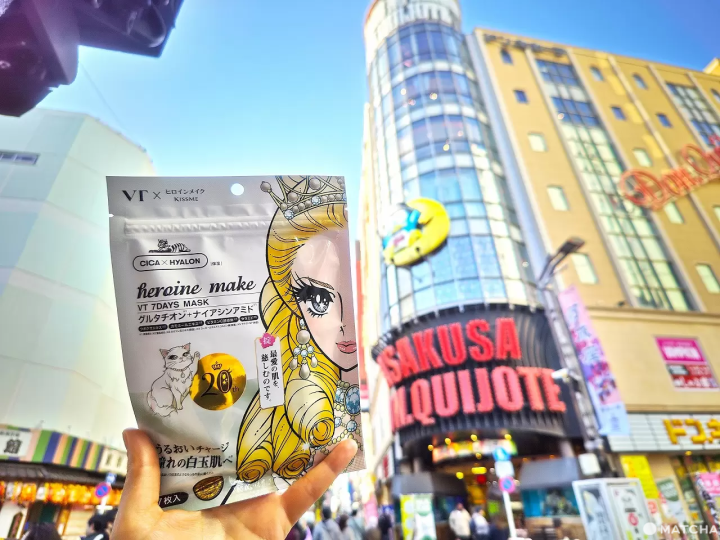
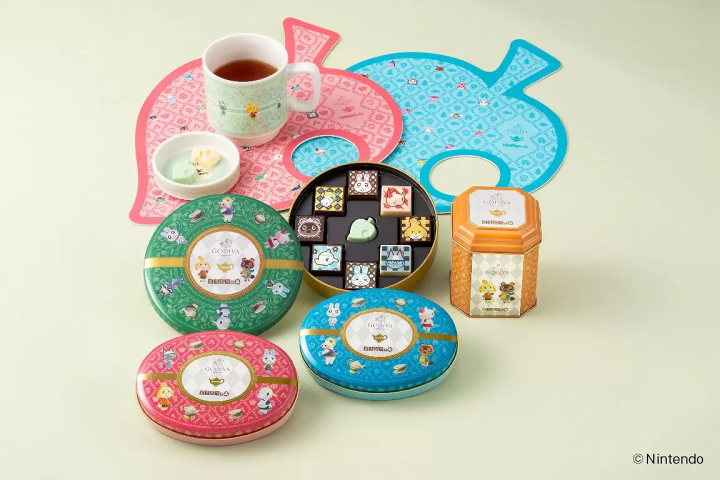
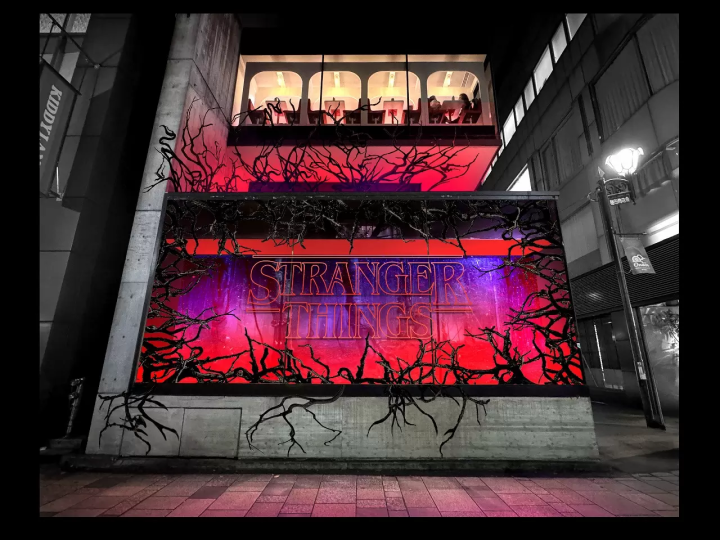
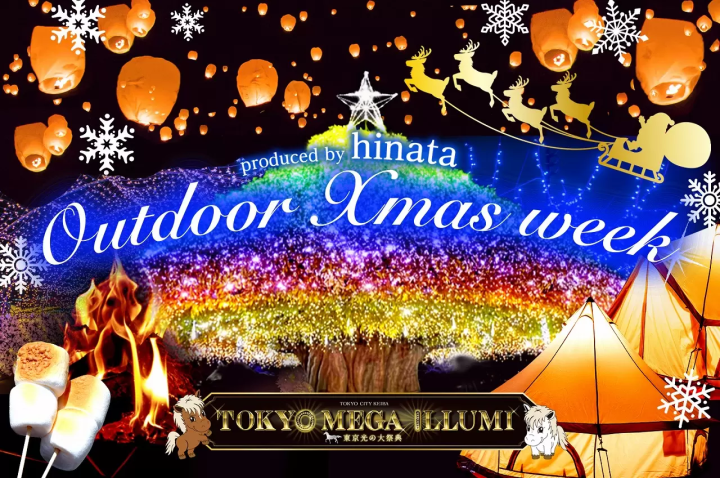
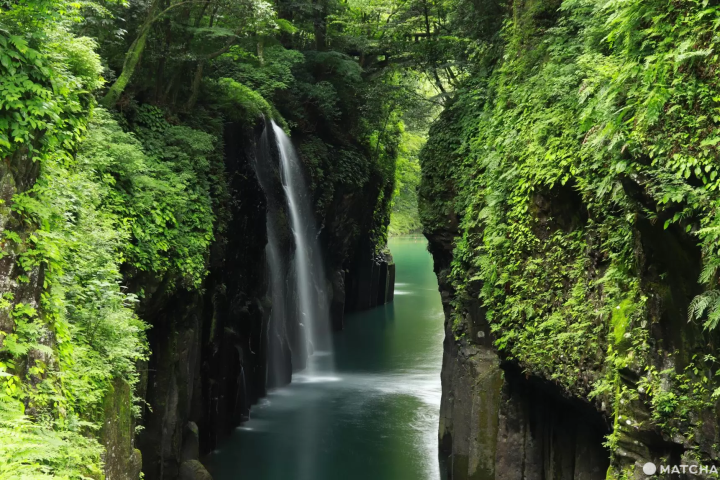




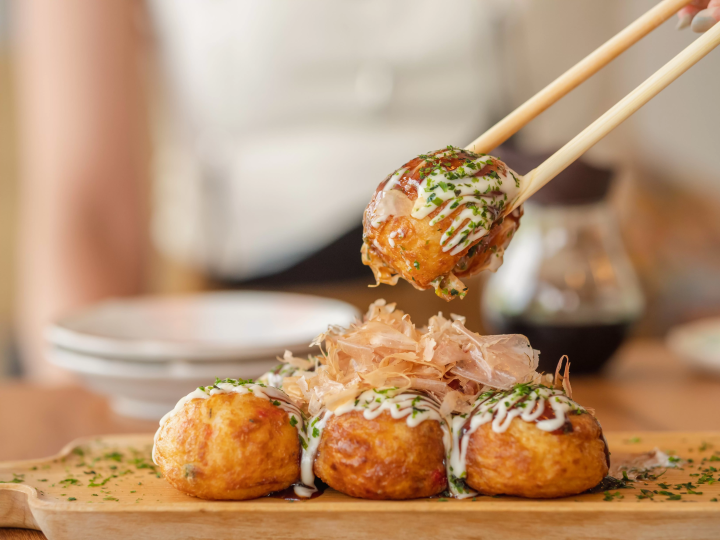
![[2026 Edition] FORMUAL 1 JAPANESE GRAND PRIX Information](https://resources.matcha-jp.com/resize/720x2000/2025/10/05-245984.webp)


![[2025 Update] Namba's spectacular illuminations! "Namba Hikari Tabi" with approximately 1 million shining lights](https://resources.matcha-jp.com/resize/720x2000/2025/12/12-252825.webp)